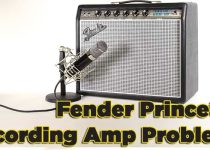How to Get Rid of Guitar Buzz When Recording [Reason & Fix]
As a guitarist, there’s nothing more frustrating than being ready to record your music only to be plagued by the annoying and disruptive buzz emanating from your beloved instrument. Guitar buzz during recording can ruin the quality of your tracks, hinder your creativity, and leave you feeling disheartened. Let’s see the reason and effective way to fix: how to get rid of guitar buzz when recording start.

# Table of Contents =>
- 0.1 A) Understanding the Causes of Guitar Buzz
- 0.2 ii) Grounding Issues:
- 0.3 iii) Hum-inducing Devices:
- 0.4 iv) Poorly Shielded Electronics:
- 0.5 v) String Buzz:
- 0.6 vi) Single-Coil Pickup Hum:
- 1 Fix: How to Get Rid of Guitar Buzz When Recording:
A) Understanding the Causes of Guitar Buzz
Before diving into the solutions, it’s crucial to understand the various factors that contribute to guitar buzz during recording. Identifying the root causes will enable you to apply targeted fixes and improve the overall sound quality of your recordings.
i) Electrical Interference:

External electrical sources, such as lighting fixtures, computer monitors, and poorly shielded cables, can introduce unwanted noise into your guitar signal chain.
ii) Grounding Issues:
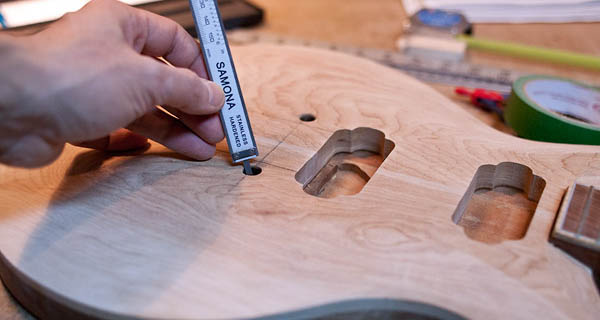
Improper grounding in your guitar or recording equipment can lead to ground loops, creating a buzzing sound.
iii) Hum-inducing Devices:
Certain electronic devices, such as fluorescent lights, dimmer switches, and cell phones, can induce hum in your guitar pickups.
iv) Poorly Shielded Electronics:
Insufficient shielding inside your guitar’s control cavity or audio interface can make your guitar susceptible to electromagnetic interference.
v) String Buzz:
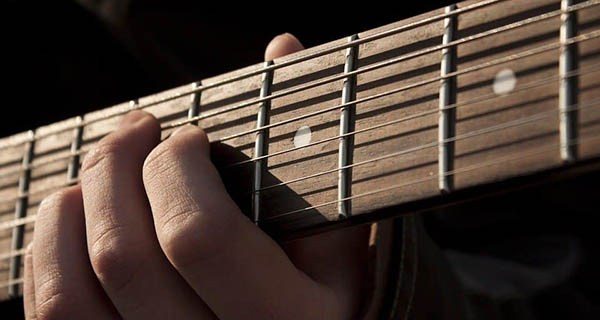
This type of buzz occurs when the strings vibrate against the frets, often caused by improper setup or technique.
vi) Single-Coil Pickup Hum:

Single-coil pickups, commonly found in Stratocasters and Telecasters, are more prone to hum compared to humbucker pickups.
Fix: How to Get Rid of Guitar Buzz When Recording:
B) Effective Solutions to Eliminate Guitar Buzz
Now that we understand the reasons behind guitar buzz, let’s explore the most effective ways to fix these issues and achieve a clean, noise-free recording.
Proper Guitar Setup:
a) Action and Intonation:
Ensure that your guitar’s action (string height) and intonation are correctly set. High action or incorrect intonation can lead to unwanted string buzz.
b) Fret Leveling:

If your guitar’s frets are uneven, consider getting a professional fret leveling to prevent string buzz.
Shielding:
a) Guitar Shielding:
Line the control cavity and pickguard with copper or aluminum foil to shield the electronics from external interference. Use conductive paint to shield the back of the pickguard and other cavities.
b) Cable Shielding:
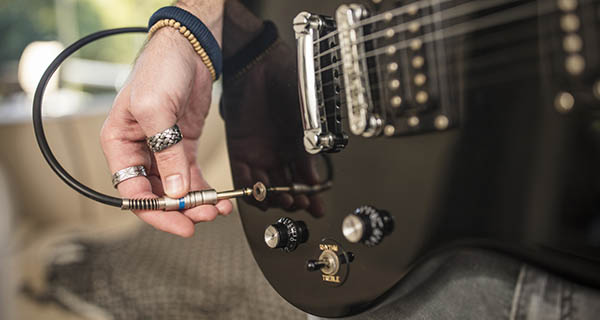
Use high-quality shielded cables for your guitar connections to minimize electrical interference.
Grounding:
a) Lift Grounding:
If you encounter ground loop issues, try lifting the ground connection on one end of the cable (either the guitar or the audio interface).
b) Star Grounding:
Implement a star grounding system where all ground connections meet at a single point to reduce hum-inducing ground loops.
c) Ground Lift Adapters:
Consider using ground lift adapters for devices that contribute to ground loop problems.
Noise Gate:
a) Noise Gate Plugin:
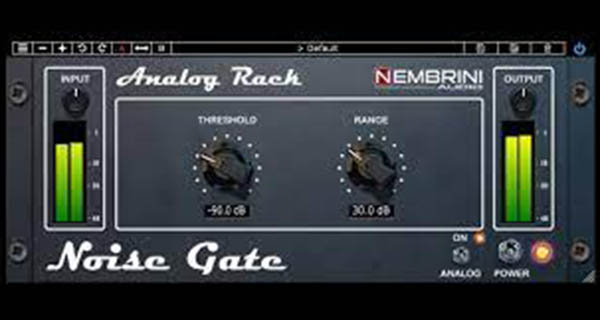
Use a noise gate plugin in your recording software to reduce or eliminate the buzz during silent passages.
b) Noise Suppressor Pedal:
Consider using a noise suppressor pedal in your signal chain to cut off the noise when you’re not playing.
High-Quality Power Supply:
a) Isolated Power Supply:

Use an isolated power supply for your pedals and recording equipment to minimize electrical noise.
Positioning:
a) Keep Distance:
Place your recording setup away from potential sources of electromagnetic interference, such as monitors, fluorescent lights, and routers.
b) Cell Phones:
Keep cell phones away from your guitar and recording gear, as they can cause interference.
Use Humbucker Pickups:
a) Humbucker-Equipped Guitars:

Consider using guitars equipped with humbucker pickups, as they are less susceptible to hum compared to single-coil pickups.
C) Troubleshooting and Experimentation
Despite applying the above solutions, you may still encounter some buzz in your recordings. In such cases, try the following troubleshooting steps:
i) Isolate the Issue:
Determine whether the buzz is coming from your guitar, cables, or recording equipment. Test each component individually to identify the source of the problem.
ii) Test Different Cables:
Faulty cables can introduce noise. Try using different cables to see if the issue is resolved.
iii) Use a Different Recording Room:
If you suspect external interference, record in a different room to see if the buzz persists.
iv) Check Recording Software Settings:
Review your recording software settings for any unusual configurations that might be causing the buzz.
In the End, Guitar buzz during recording can be a frustrating obstacle, but with the right understanding and effective solutions, you can achieve noise-free and professional-quality recordings. By following the techniques outlined in this guide, you’ll be well-equipped to troubleshoot and address various buzzing issues that may arise during recording.
Remember that patience and experimentation are key, as each setup may require unique adjustments.
As you implement these fixes and optimize your recording environment, you’ll experience the joy of capturing the true essence of your guitar’s sound without the interference of unwanted buzz. Embrace the creative freedom that comes with a clean signal. And let your music shine as you embark on your recording journey with newfound clarity and confidence. Happy recording!
Last Updated on September 14, 2023 by Perry Garner


